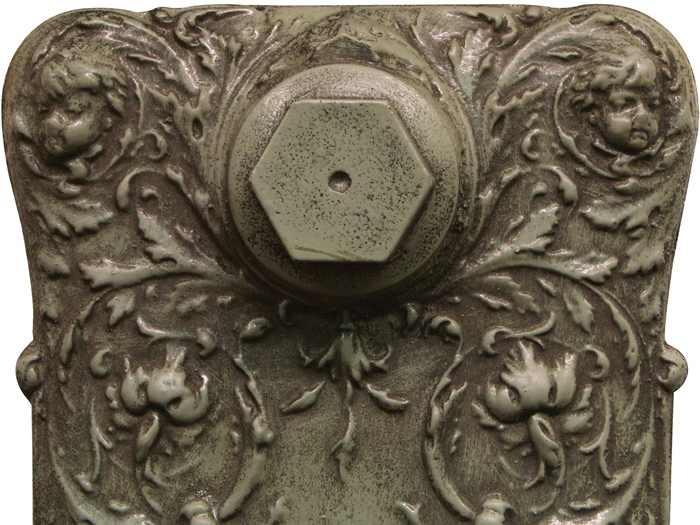The Art of Hand Burnishing and Antiquing Radiators
Radiators have always been a utilitarian necessity in the house, but with the evolution of interior design appreciation, they are now being transformed into exquisite works of art. One of the most stunning ways to sanctify the beauty of a radiator is through the art of hand burnishing and antiquing. These treatments unveil the subtle nuances of cast iron radiators, enriching them with depth, texture, and character. Whether restoring a vintage find or adding an original flair to a modern radiator, hand burnishing and antiquing elevates the design of your home to a still higher plane that few finishing processes can match.
What is Hand Burnishing?
Hand burnishing is a delicate finishing process that hand covers the surface of a cast iron radiator to create a smooth, reflective, and subtly weathered appearance. The process encourages the metal's natural patina, uncovering its rich, natural essence. The process is labour-intensive but creates a beautiful aged finish that highlights the craftsmanship of the radiator.
Key Features of Hand Burnishing:
• Enhances the natural beauty of cast iron.
• Produces a subtle worn but elegant sheen.
• Highlights fine detailing and intricate patterns.
• Achieves a one-of-a-kind, handmade finish which is not achievable by machine.

What is Antiquing?
Antiquing is an additional artistic finishing method that produces radiators with a vintage, old look. Applying specially developed patinas, waxes, or metallic coatings, it develops depth and an aged appearance. Antiquing is an ideal solution for period-style interiors.
Main Features of Antiquing:
• Creates a historical, aged appearance.
• Can be customised with different effects.
• Suitable for classic, vintage, and industrial interior designs.
• Provides an individual character to new and renovated radiators.
Advantages of Hand Burnishing and Antiquing
1. Aesthetic Appeal
a. Turns a radiator into a stunning centrepiece.
b. Fits both classic and modern decor themes.
2. Different and Customisable Finish
a. Each hand-finished radiator is distinct.
b. Adds shading and textural effects that fit different interiors.
3. Highlights Detail and Craftsmanship
a. Highlights elegant details and exquisite features.
b. Unveils the depth of traditional-looking radiators.
4. Eco-Friendly Restoration
a. Renovating and recycling old radiators eliminates wastage.
b. Stylish substitute for mass-produced radiator finishes.
Where Hand Burnishing and Antiquing Work Most Effectively
• Period Homes: Enhances Victorian, Edwardian, and Georgian interior charm.
• Industrial Spaces: Complements exposed brick, metalwork, and distressed wooden detailing.
• Modern Eclectic Interiors: Adds contrast and texture to contemporary design elements.
• Boutique Hotels & Luxury Spaces: Offers a bespoke, luxury look in unique hospitality settings.

Last Thoughts
Burnishing and hand antiquing are traditional finishing techniques that transform radiators from plain heaters into masterpieces of beauty. From a tastefully weathered patina to a theatrical, dramatic finish, these artisanal techniques offer an unmatched level of craftsmanship, which adds refinement and heritage to any setting. If you’re looking to invest in a radiator that is both functional and visually stunning, the art of hand burnishing and antiquing is the perfect way to achieve a unique and luxurious aesthetic.
www.tradscastironradiators.co.uk
< Back To Blog